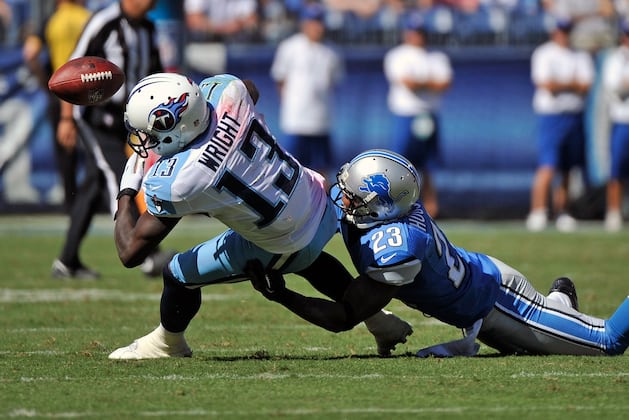I went through the SGX website and discovered that they have a new and useful section called StockFacts. This is part of the exchange's initiatives to encourage retail participation by providing research tool. The ratios were supplied by S&P Capital IQ.
Given that the information now exists, I decided to copy and paste the ratios of the listed copies for screening purpose.
I decided to multiply Price to Earnings (PE) against Price to Book Value (PB), and rank the listed companies. Based on hazy memories, academic research has shown that stocks with low PE, PB and high dividend yield are stocks that will give super returns, although they tend to be illiquid. Teh Hooi Ling narrowed it down to low PB and high ROE. I used PE in place of ROE since it is not provided by the website.
The lowest ten and twenty percent of stocks based on the product of their PE and PB are and shown. Excluded from this list are REITS and property counters. The reason is that REITS will have much higher yield, and property counters are distressed now.
The lowest decile.
The second lowest decile






